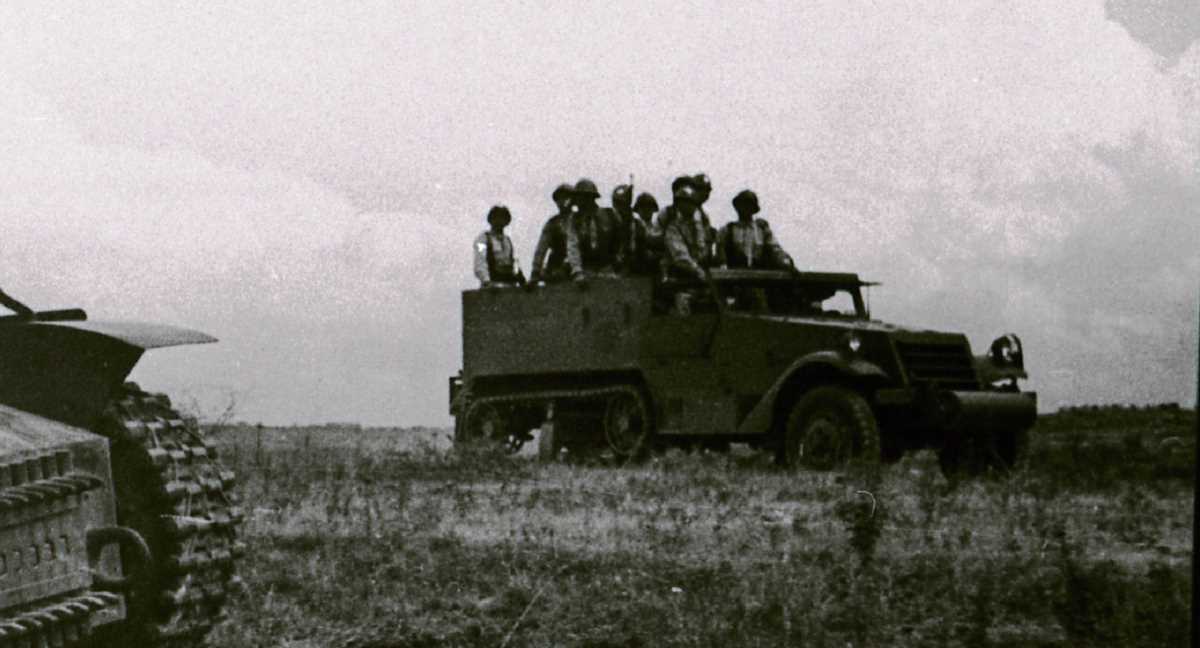How Army Buried Abuses During Mexico's War on Dissent
Mexico's Dirty War in Guerrero saw army abuses reign supreme: disappearances, torture, rape. Brave voices, like Pompeya Muñoz Rentería, dared to break silence, exposing atrocities despite fear and government impunity. Their stories, unearthed from archives.

The Mexican Army was one of the State institutions involved in the repressive actions that characterized the so-called Dirty War, which, among other groups and organizations, fought the guerrilla groups established in various states of the republic. Guerrero was one of the highest points where this persecution occurred: at the beginning of the 1970s the army deployed about a third of its forces to combat the movement of Genaro Vázquez and Lucio Cabañas.
During the period in which the military forces were deployed in that entity, various operations were carried out with the aim of capturing the guerrilla leaders, and. In this process, some soldiers and military leaders were involved in cases of arbitrary detentions, forced disappearances, extrajudicial executions and human rights violations, acts that were denounced by their victims, despite the fear and risk they ran by denouncing the bad actions of who were supposed to provide security.




